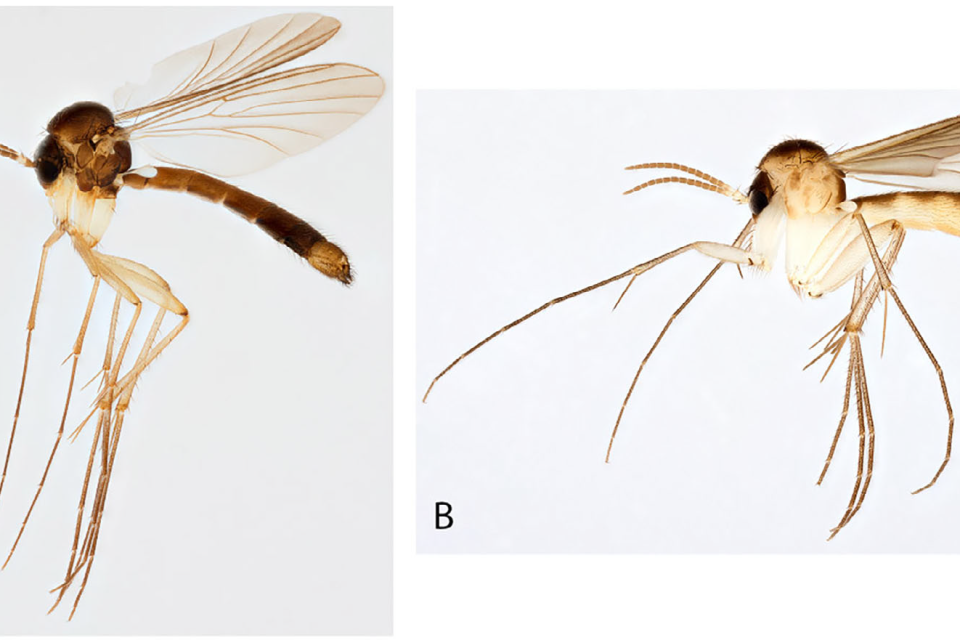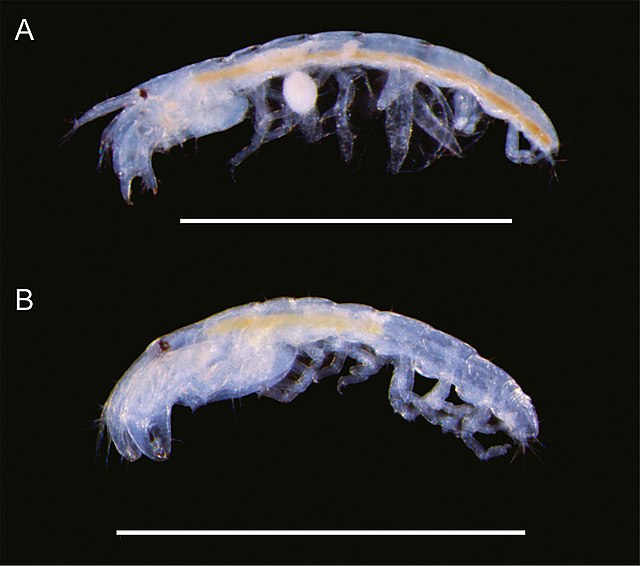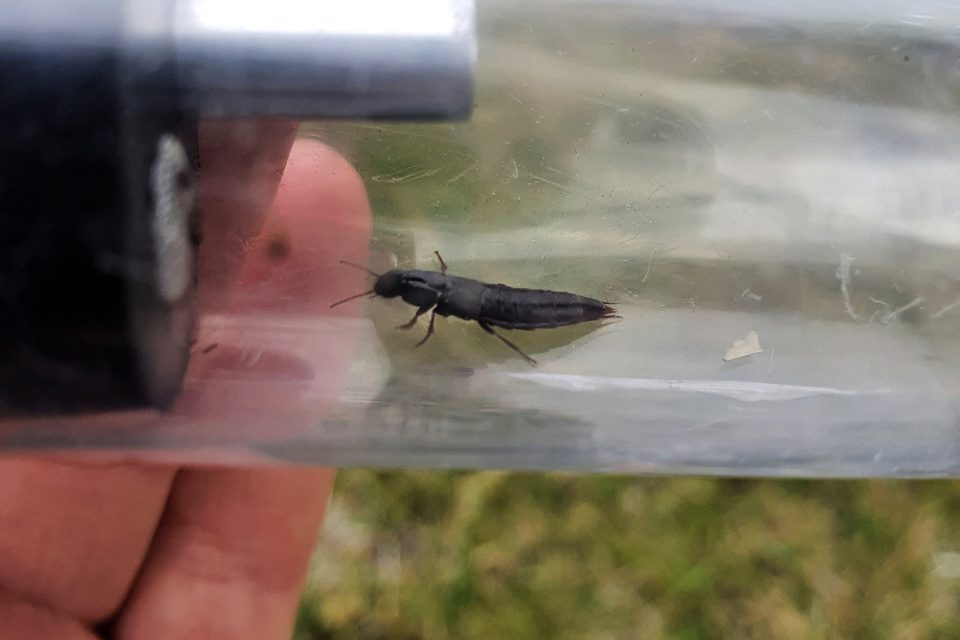
Mapping distribution of cirratulid using Norwegian collections
We were fortunate to obtain finding from ArtsDatabanken for new project. Yesterday the contracts were signed and hence our project can start soon. We are an international team of researchers: Torsten Struck and Rita Austin from Norway, Arne Nygren from Sweden, and Maria Capa from Spain. Maybe not […]








